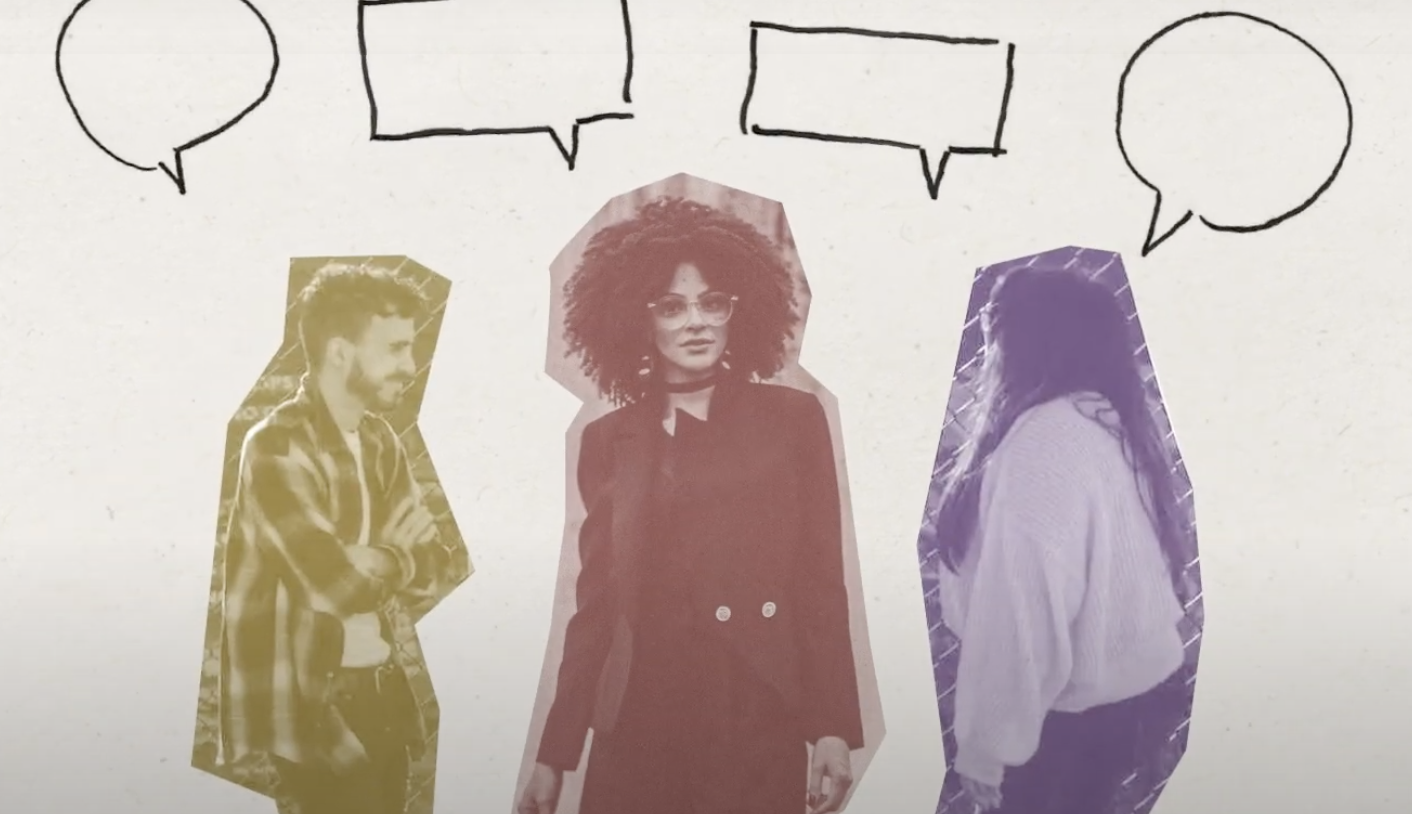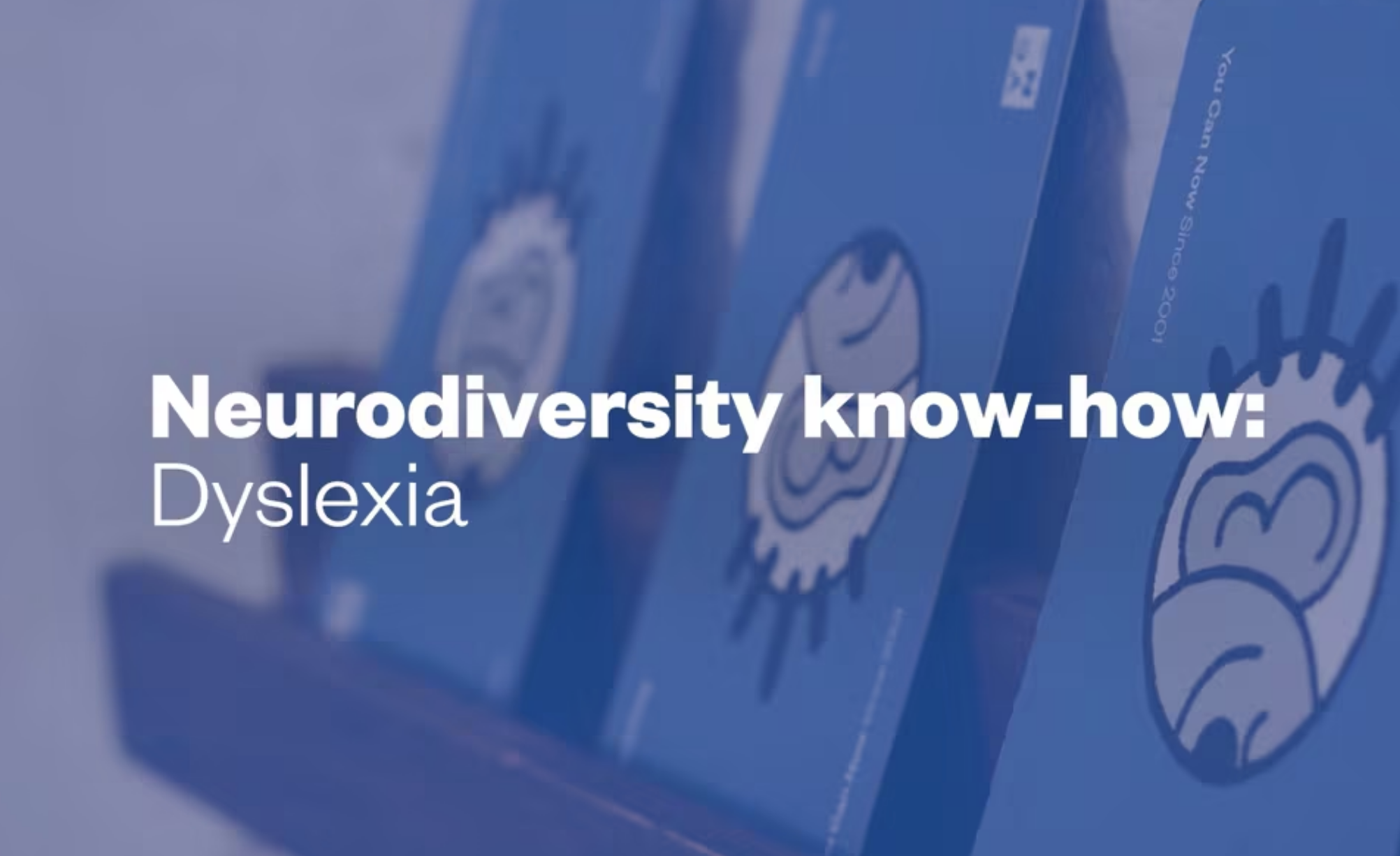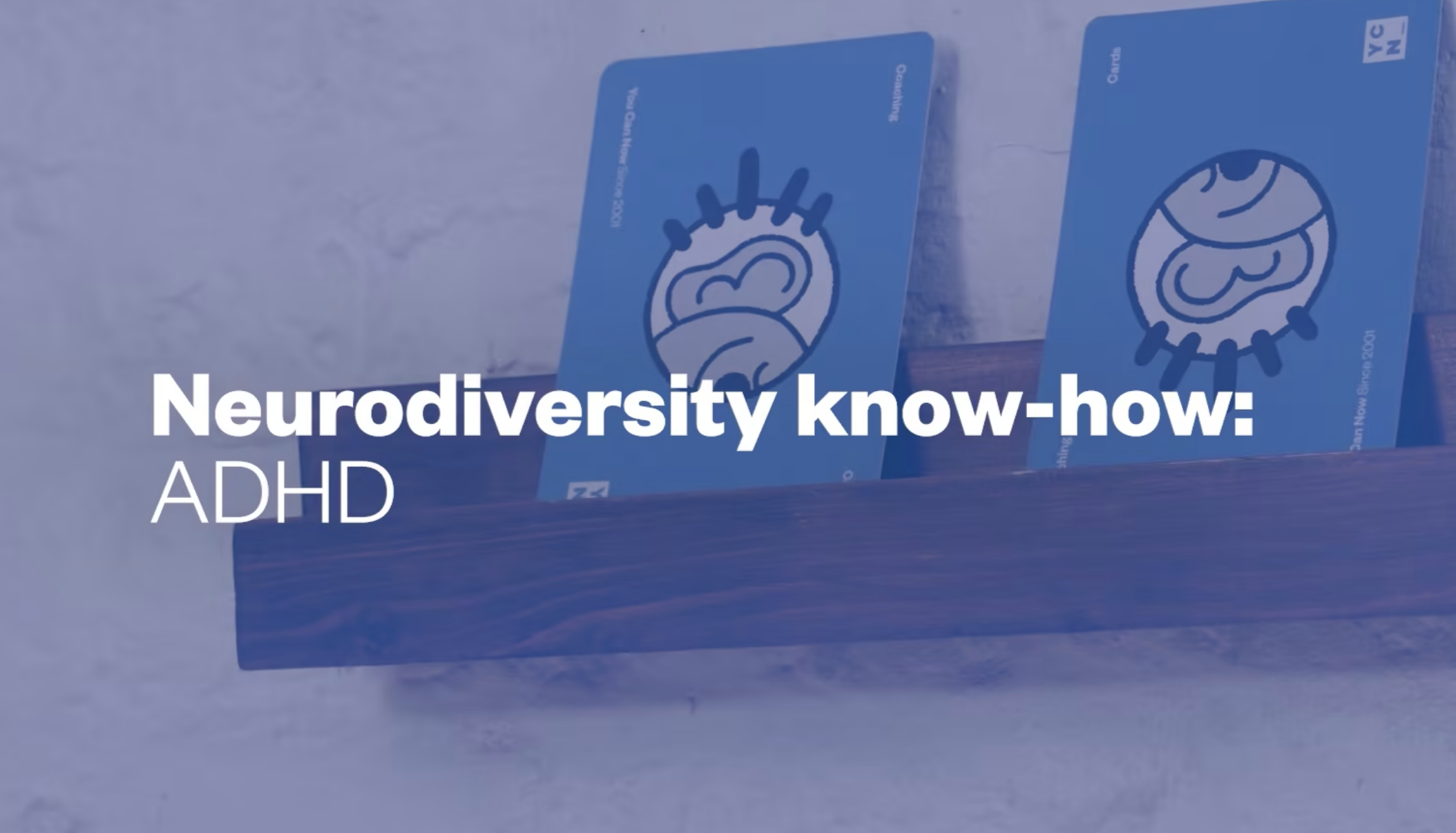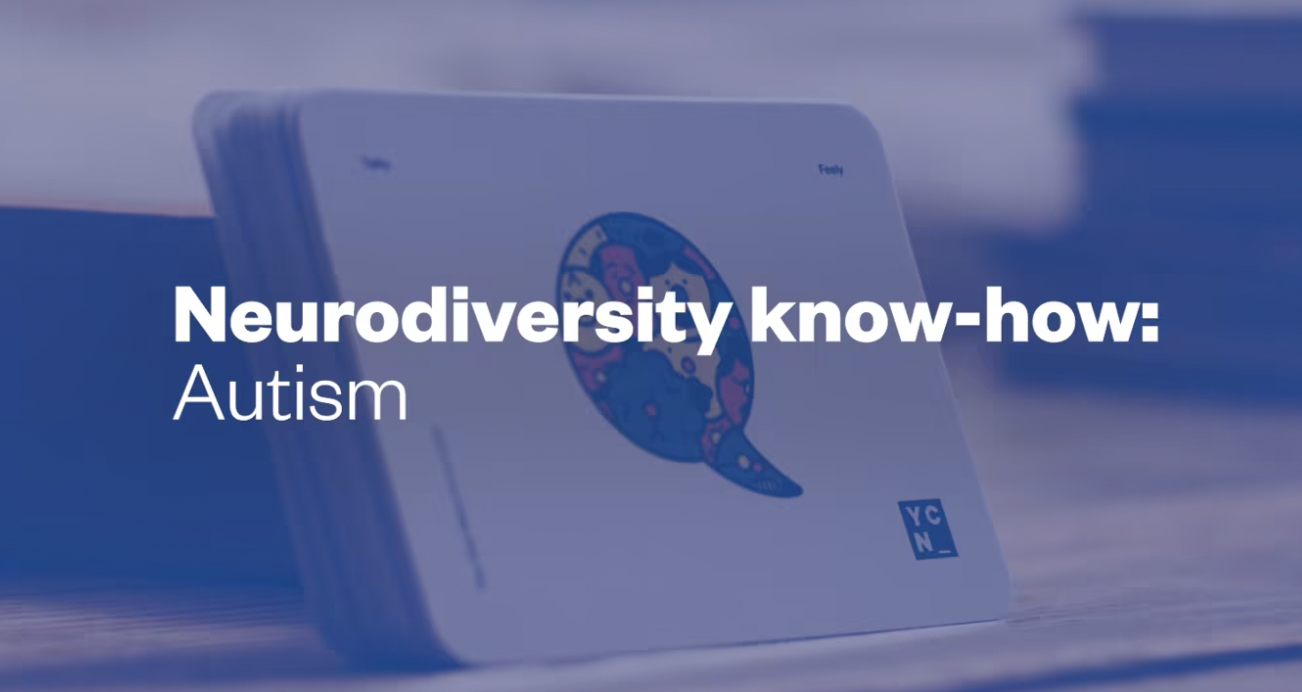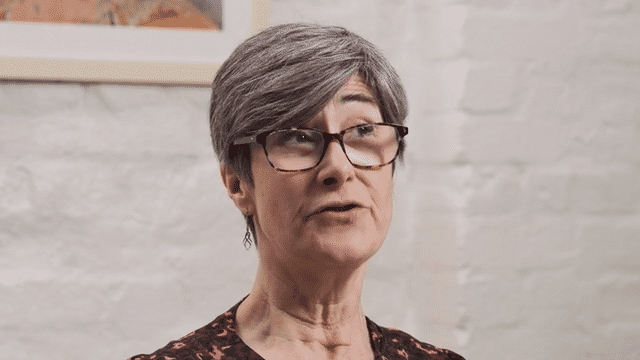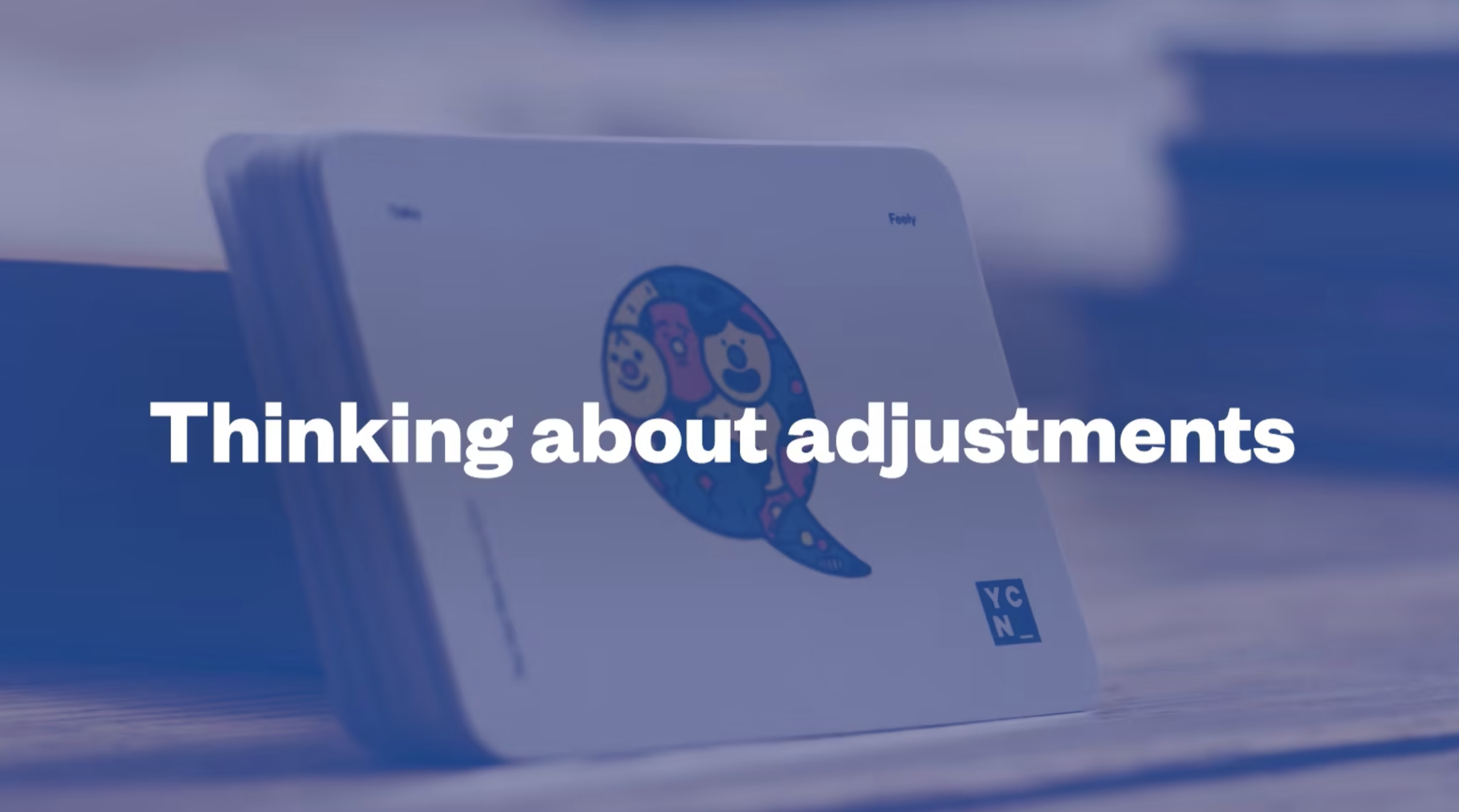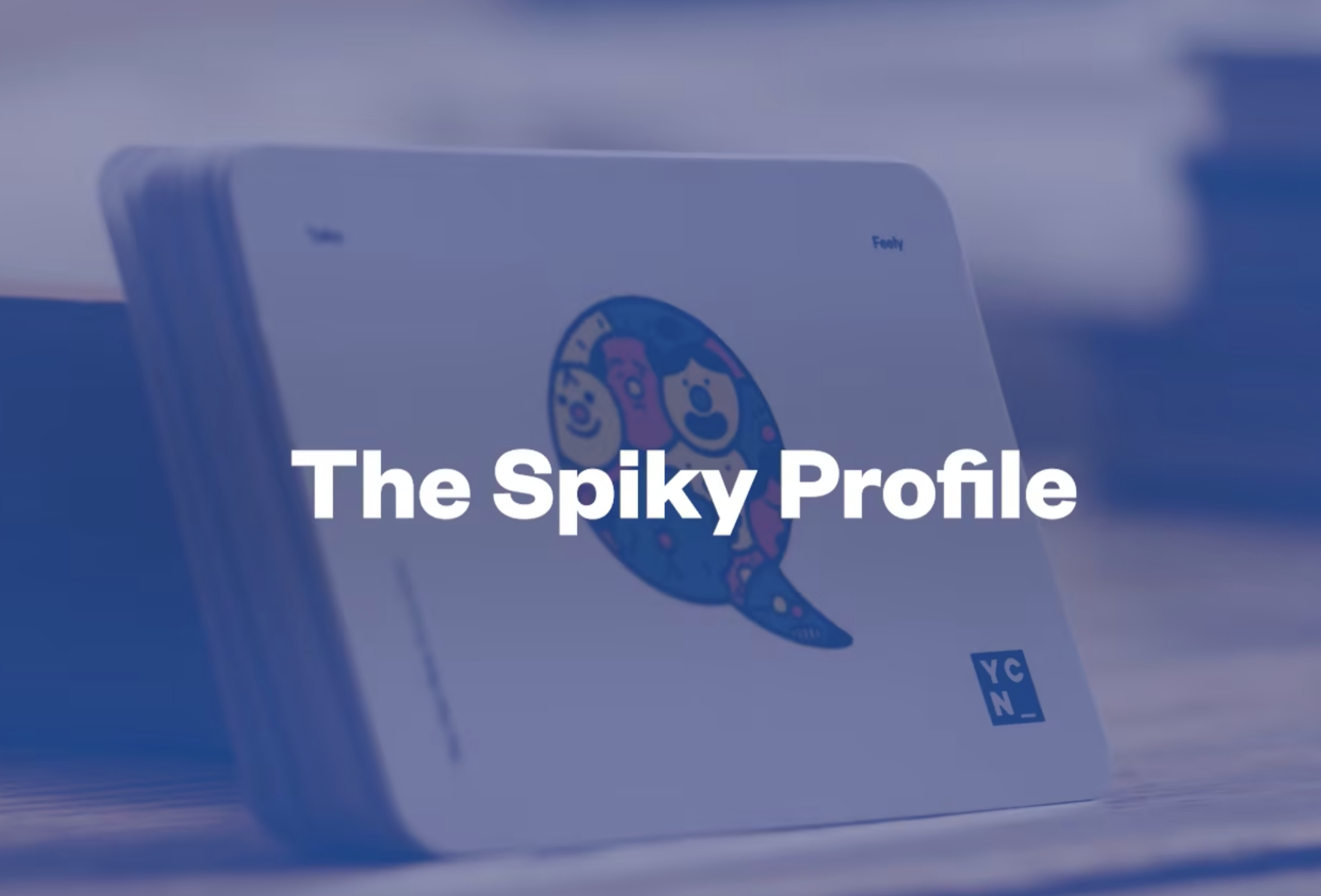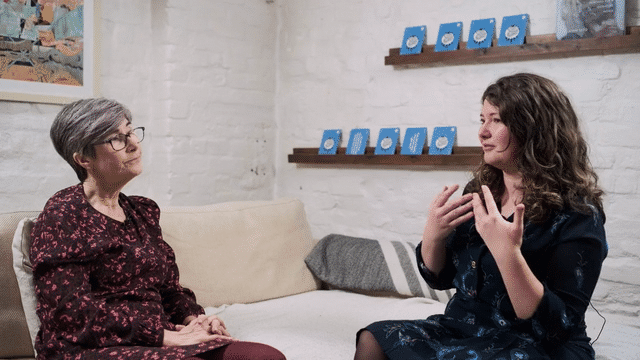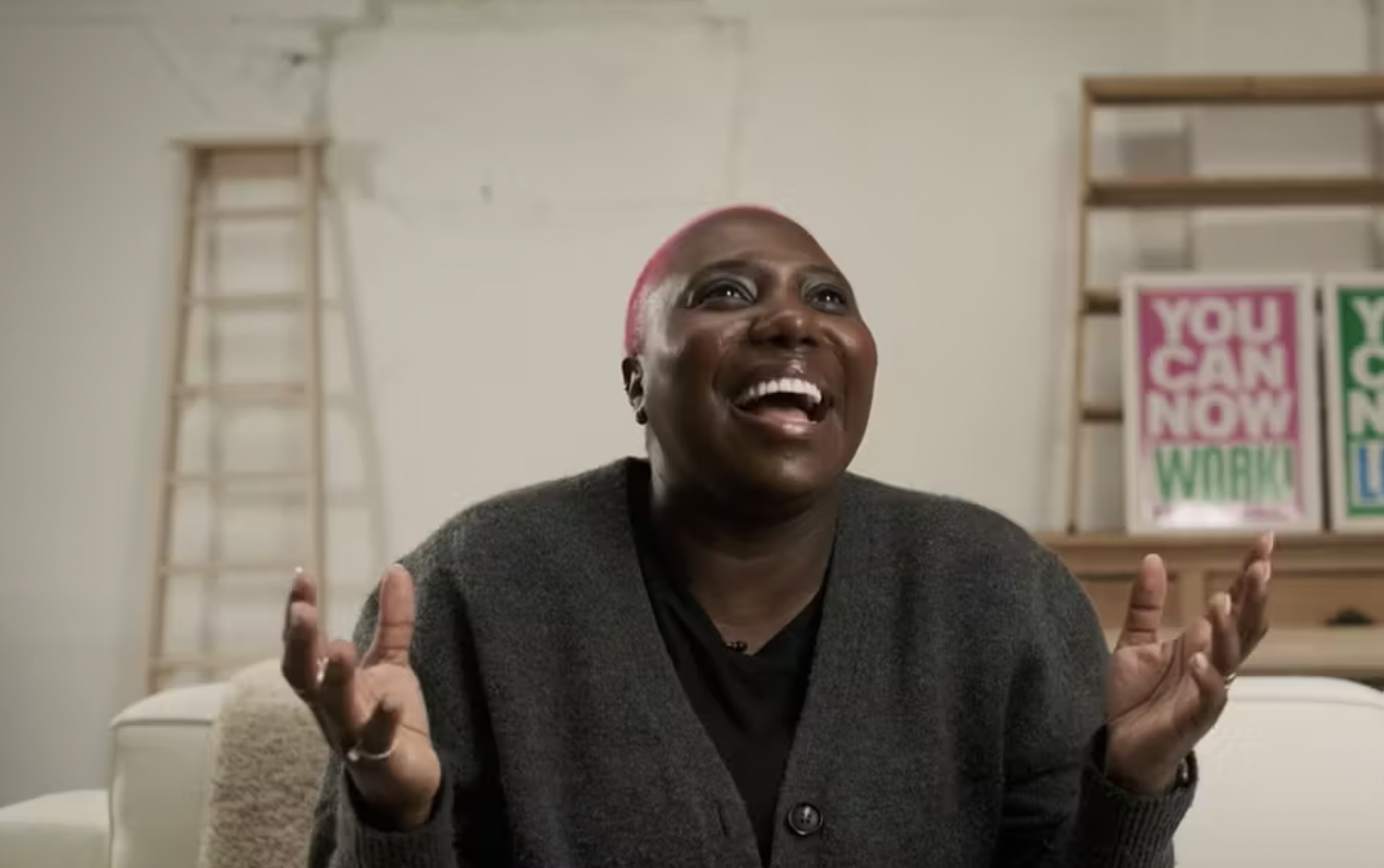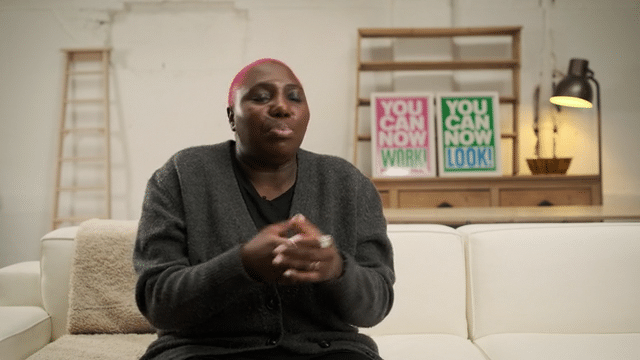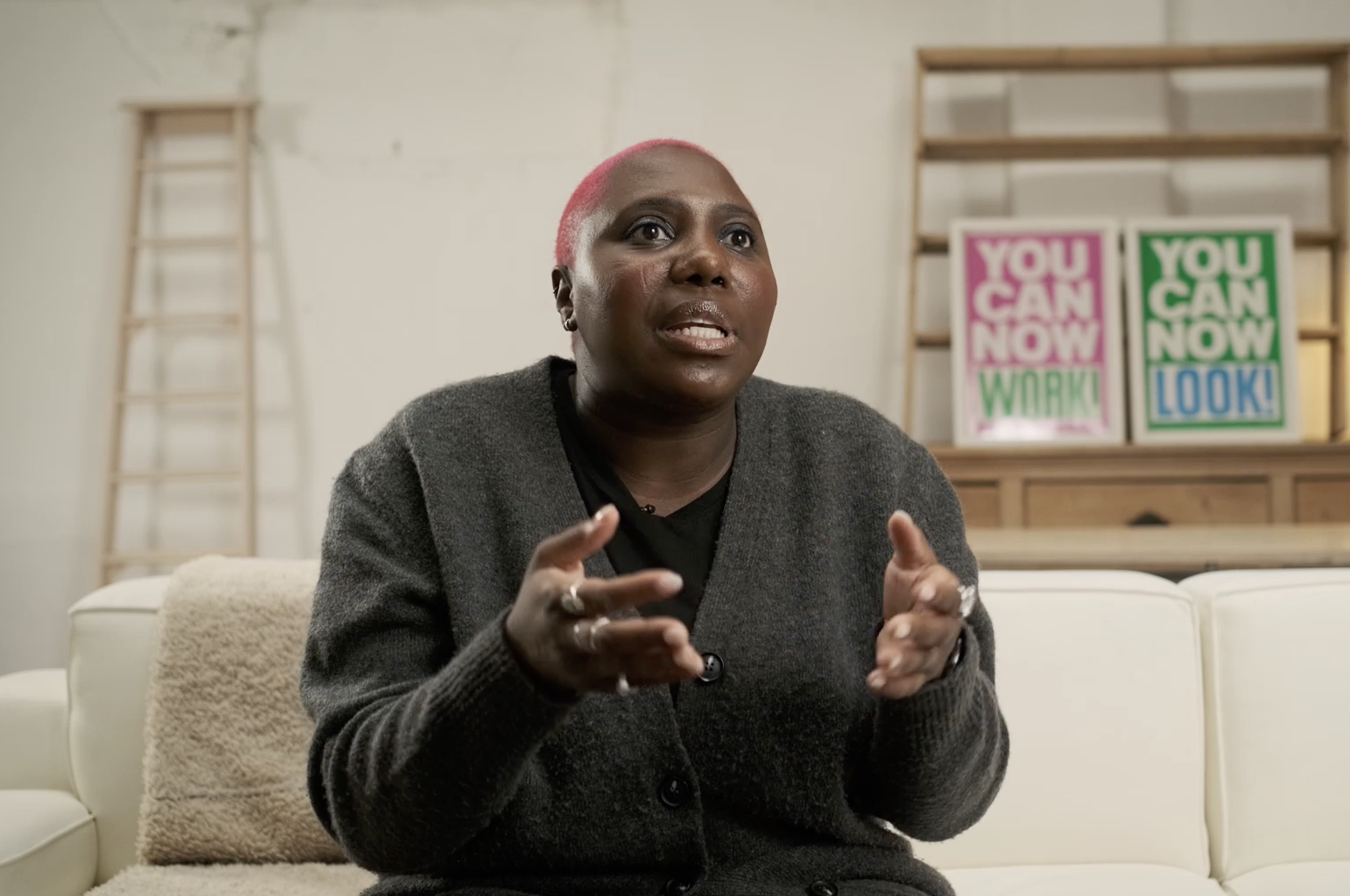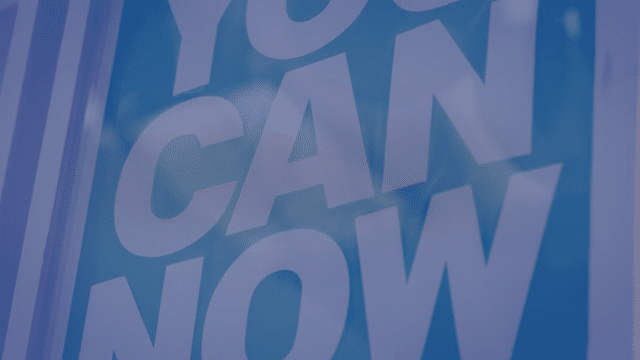Discover and apply the SEEDS model, to defeat bias in everyday decisions
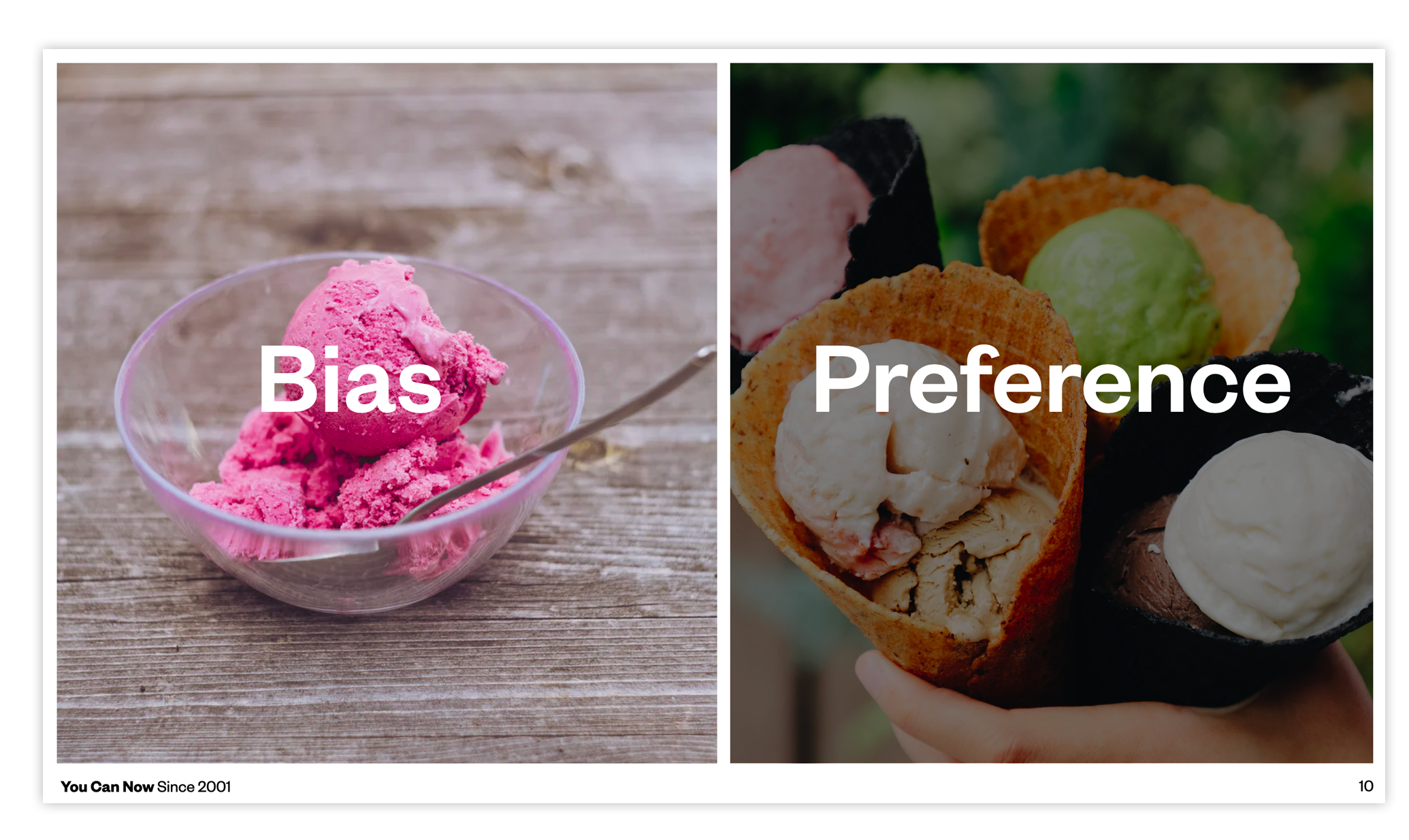
From a neuroscientific perspective, biases have been part of our brains wiring since the dawn of man. On the Savannah, tight-knit ‘in-groups,’ and instinctive thinking like fight or flight were brilliant defences against grizzly deaths at the hands of hungry lions or rival tribes. But we’re not on the savannah anymore, and these natural tendencies can be unhelpful to the world of work.
From genres of film to types of people, we just love to categorise and pick favourites. We love it so much, in fact, that it often causes serious problems. Preferences can be benign, as harmless as an inclination towards fruity ice cream flavours, but when our implicit biases begin to impact or discriminate against someone, that’s a serious issue — and where it's helpful to explore ways of outsmarting ourselves, recognising the reality of unconscious bias and shifting our mindset to one of conscious inclusion.
Recognising that humans have a natural tendency towards biases is a great first step towards correcting the issues that arise from it, but it’s not enough. What’s needed is conscious action, a change in our everyday behaviours to create a more helpful and inclusive working cultures.
That’s where the SEEDS model comes in. Developed by the NeuroLeadership Institute, SEEDS is a practical framework offering stepped out insight into core categories of bias — and a starting point from which to define ways to mitigate biases and get on the front foot towards conscious inclusion.
The SEEDS Model
As participants in our Conscious Inclusion workshop will know, the SEEDS model takes us through categories of bias, outlined below alongside practical things you can try personally today (and in your teams) to diminish the potential bias in each instance.
Also called the ‘in-group,’ and ‘out-group,’ bias. Humans have an inherent bias towards people who think the same, look the same, and/or share the same opinions and goals (the ‘in-group’). Unfortunately, the same goes for the other side of the coin (the ‘out-group'): if someone thinks or acts differently from us, we tend to see them in a more negative light - a serious problem when a decision is needed on who to hire, who to promote, or who to give that project to.
✋ Similarity Bias Blockers
👉 Manually re-programme your brain to make everyone the ‘in-group.’ Ask questions, look for common ground and close the gulf, especially in an interview setting. If you’re a manager, and find yourself ready and willing to give the next big project to your favourite colleague, get them to buddy up with someone to encourage mentoring among the team.
👉 Periodically ask yourself, who in my team am I not spending enough time with? Who am I not delegating enough work to? Why? What could I ask them to find common ground?
👉 Create a structured and equal process for interviewing candidates, and stick to it. And be intentional about finding common ground.
👉 Think ‘culture add,’ over ‘culture fit’ when it comes to potential new team members. Rather than simply suiting the current culture, ask yourself what a candidate can add to the culture.
👉 Team tools like Manual of Me can be great for getting teams or candidates talking about strengths and differences. And if you'd like to get hands on with that, come along to this live session led by its creator Matthew Knight.
It’s very easy to rush to judgement without looking at all of the facts if it confirms our world view. Expedience bias leads us to believe that if it cements, or is cemented in, what we know already, then it must be true. The fix is to make more time to gather a wider array of information.
✋ Expedience Bias Blockers
👉 Slow down. Take a whiteboard (or draft a Miro board) and list the pros and cons of any decision.
👉 Always get a second pair of eyes to review the information alongside you. And make sure not to rush them either - ask for their input, but delay the decision or feedback session to a later date to allow the information to really sink in.
👉 Delay the decision until tomorrow if you feel it’s necessary. Go for a walk! Or otherwise ask yourself ‘how can I slow down my thinking?
👉 Be wary of the ‘Halo Effect’: a positive overall impression of a person (“They dress really well...”) can impact your evaluations of their other traits (“...so they must be great at presenting too”). In our Conscious Inclusion workshop we reference the movie Moneyball, and the steps baseball exec Billy Beane used to counter this kind of bias, observing that players were being selected based on the strength of their jawline or how attractive their wives were perceived to be. And watch out too for its counter, the ‘Horns Effect’: when a perceived past negative behaviour clouds our view of future suitability.
Occurs anytime we fail to see anyone else’s perspective. It’s also called the ‘false consensus.’ We assume that most people think and feel the way that we do, and will continue to do so. To escape the bias, we need to introduce systems for others to check our thinking, share their perspectives, and help us reframe the situation at hand.
✋ Experience Bias Blockers
👉 Seek perspectives outside of your own, even beyond the team that’s making the decision.
👉 Use Miro boards, or good old fashioned post-it notes, as a collaborative tool to visualise each voice, and provide each perspective with an equal standing.
👉 Tools like the Six Thinking Hats, and Round Robin brainstorming are excellent for ensuring diverse perspectives are being pulled in. Experiment with them around the decisions that matter the most to you.
👉 Keep a beginners mindset, don’t be afraid to ask seemingly stupid questions if it expands your view of the world. Watch Simon Sinek describe how he likes to be the most stupid person in the room. And channel the spirit of these bewildered children in the superb film project Niños vs. Moda (Kids Vs Fashion).
👉 Try a bias free brainstorm with the Candor app.
Humans have an inherent bias against the ideas of those that are further away. If one member of a meeting, for example, is sharing their opinions over zoom, we often give less stake to their input. Out of sight, out of mind?
✋ Distance Bias Blockers
👉 Take distance out of the equation. In a meeting, actively seek the input of your remote colleagues before moving on to people who are present in the room.
👉 Level the virtual playing field. If one or more members of your team must attend a meeting online, then have everyone do the same. The same goes for recruiting and hiring; if a candidate must be interviewed remotely, then reduce the impact of bias by conducting all the interviews over zoom.
👉 If you’re a manager, purposefully foster relationships with remote members of the team, and prove to yourself that you're equally considering remote working colleagues alongside those who may be physically closer to you in the office.
👉 Visual collaboration tools like Miro can be very helpful here. A participant in a recent Conscious Inclusion workshop shared how they plotted out photos of their team of eight on a Miro board as a visual reference point when deciding where to allocate projects, a rather brilliant method of making sure everyone had been considered.
👉 Share the pain of time zones. If some members of your team work from overseas, adjust the time of your meetings to ensure the burden of early mornings and late nights is shared among remote and local colleagues alike.
‘Loss aversion,’ as it’s also known, is the bias that the pain from a loss is worse than the pleasure from a gain, resulting in chickening out at the prospect of a calculated risk. We are hardwired to hold onto the things we already have, which can prevent us from embracing the new and the different.
✋ Safety Bias Blockers
👉 Engage in what psychologist Ethan Kross calls ‘Mental Time Travel’. Remind yourself of the impermanence of your current mental state by visualising how you’ll feel about it in a week, a month, or a year from now. If you’re still anxious about the idea, imagine that you made the decision a year ago, or that you are making the decision for somebody else. You'll find a wealth of science backed tools for this 'mental distancing' from Ethan here.
👉 Practise ‘yellow hat thinking,’ as referenced above in the Six Thinking Hats resource, and brainstorm best case scenarios. You'll develop what is known as ‘value sensitivity:’ a learnable skill that teaches you to see the positive value of new ideas, and stop ruminating on any potential negatives (or at least to intentionally park your concerns for a period).
👉 If worries about potential losses are still getting the better of you, turn to the facts. Are there any figures or data that can shed some light on the decision? Be sure to not just look for facts and figures that prove your argument, look for the data that proves you wrong as well.
GOOD TO KNOW
Come along to our Conscious Inclusion workshop, led by DEI architect Toby Mildon — to explore and experiment with these ideas among a supportive group of peers. You'll find session dates throughout the year here.
And in the Course Pack that accompanies the live session you'll find plenty of other smart reading, listening and watching to take steps beyond the SEEDS model here.
